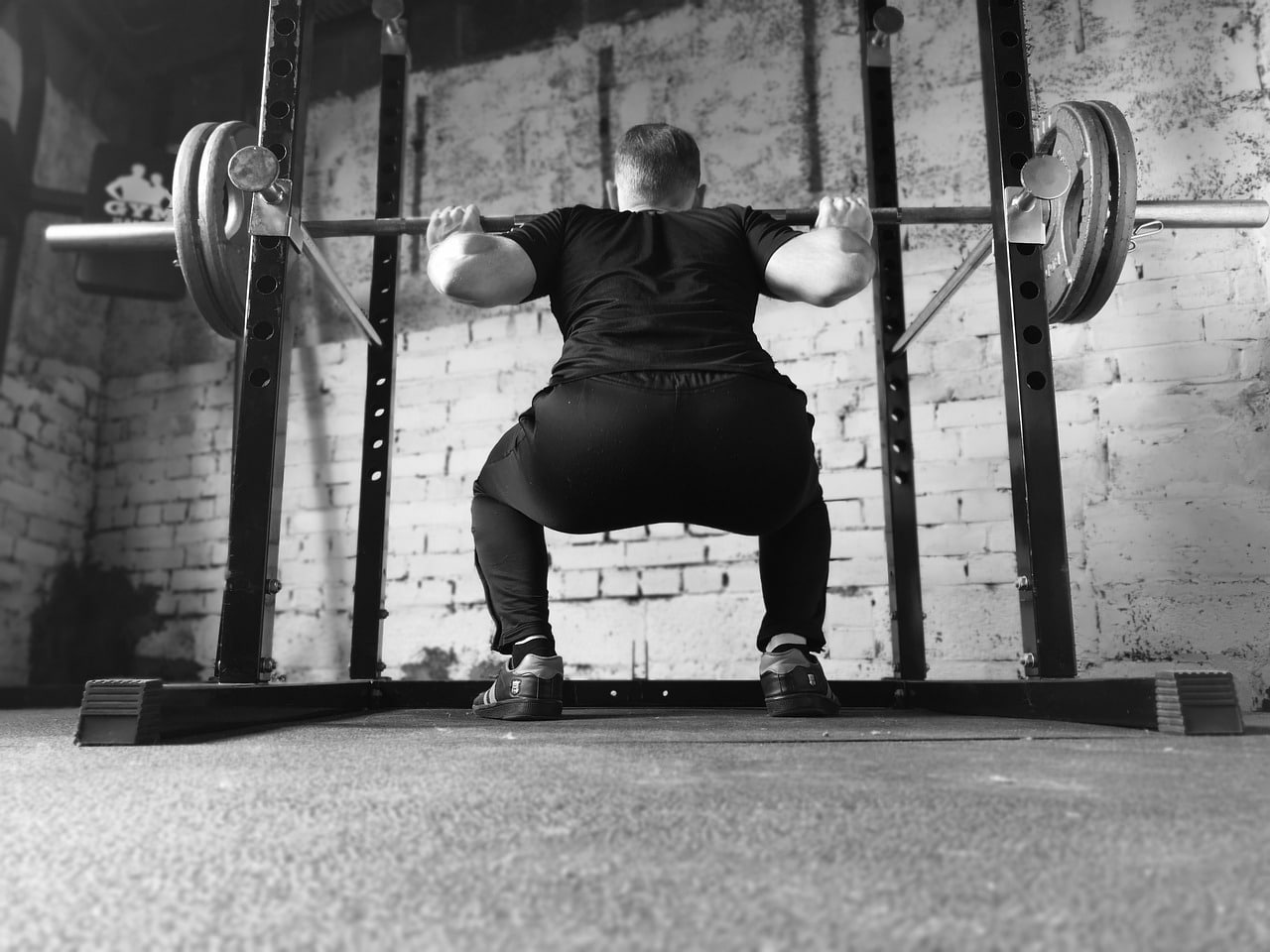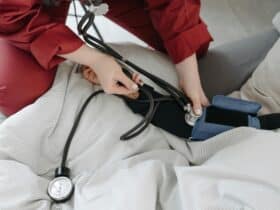Fitness is not just about the exercises you do, but also the order in which you perform them. Understanding the sequence of exercises in a workout can play a crucial role in optimizing your performance and results. Our focus today is on two exercises—rowing and squats—and discovering injury is it better to do rowing before or after squats?
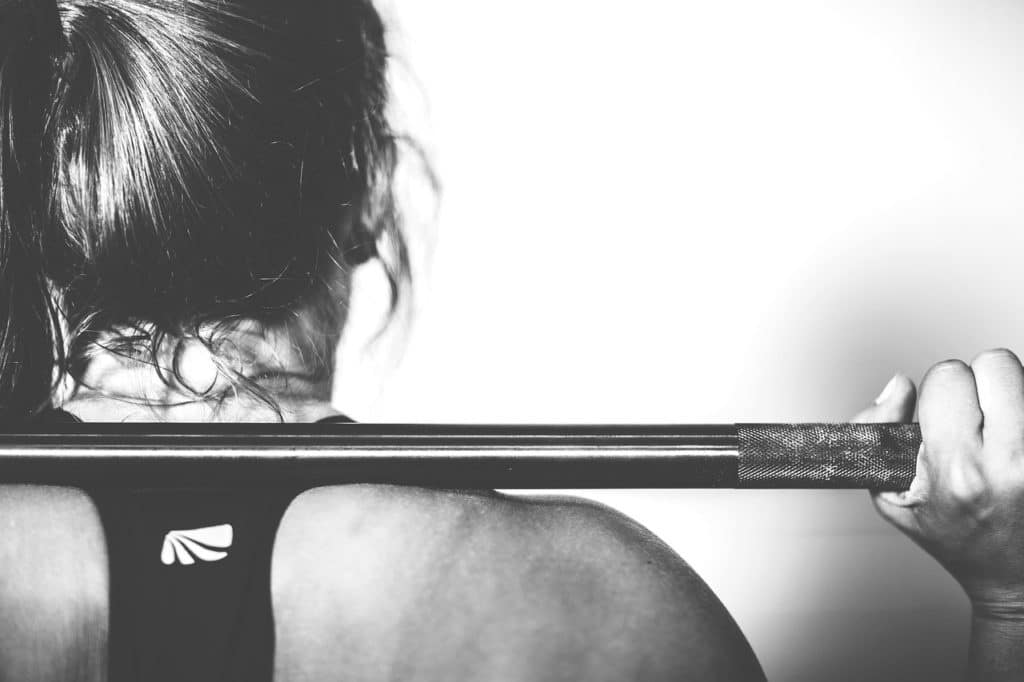
What are Squats?
Squats are compound exercises, meaning they engage multiple muscle groups simultaneously. They primarily target the quadriceps, hamstrings, and gluteus muscles, but also involve the core and lower back, making them an integral part of any comprehensive strength-training program.
Benefits of Squats
Squats offer numerous benefits, from improving muscle strength and power to enhancing mobility and balance. They also contribute to better body composition, as they aid in fat burning due to their high intensity and the wide range of muscles they engage. Not to forget, they can contribute to strengthening your lower back and preventing injuries.
The Role of Squats in Strength Training
In strength training, squats are often referred to as the “king of exercises.” They promote muscle growth across the entire body, not just the lower half, making them an excellent exercise for anyone looking to improve their overall strength and power.
Squats also stimulate the release of hormones like testosterone and growth hormone, which play a vital role in muscle development. They’re beneficial for everyone, whether you’re a beginner looking to tone up, or a seasoned athlete seeking to boost strength and power.
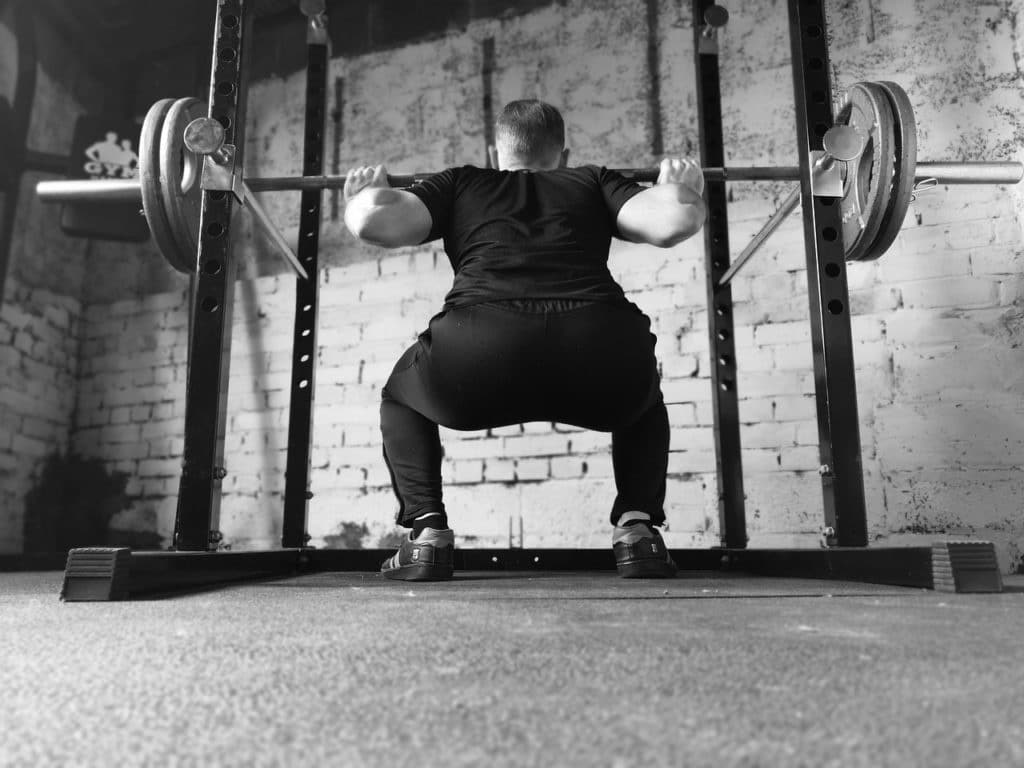
What is Rowing?
Rowing is a full-body workout that combines cardiovascular training with strength training. It’s an effective, low-impact exercise that works the legs, back, core, and arms. It’s commonly done on a rowing machine, also known as an ergometer.
Benefits of Rowing
Rowing can improve both your cardiovascular fitness and muscular strength. It offers an efficient way to work a variety of muscles at once, making it an ideal exercise for those short on time. It’s also excellent for fat loss, as it’s a high-calorie-burning activity.
Moreover, rowing is a low-impact exercise, which means it’s easier on your joints compared to high-impact exercises like running. Therefore, it’s suitable for people of all fitness levels and ages.
The Role of Rowing in Cardiovascular Fitness
Rowing is considered one of the most effective exercises for improving cardiovascular health. It challenges your heart and lungs, helping to boost your cardiovascular fitness over time. It also helps to improve stamina, making it a popular exercise among athletes in sports requiring endurance.
The Case for Rowing Before Squats
If you engage in rowing before squats, you effectively warm up your entire body. Rowing, as a full-body exercise, increases your heart rate, gets your blood flowing to all your muscle groups, and prepares your body for the intense exercise to come—squats.
Rowing first can also allow you to put more energy into this exercise, improving your cardiovascular fitness. Additionally, rowing can serve to pre-exhaust your muscles, meaning you might perform fewer squats but with greater muscle activation, potentially leading to increased strength gains over time.
However, rowing before squats is not without its challenges. Fatigue from rowing can impact the number of squats you’re able to perform and potentially affect your form, increasing the risk of injury.
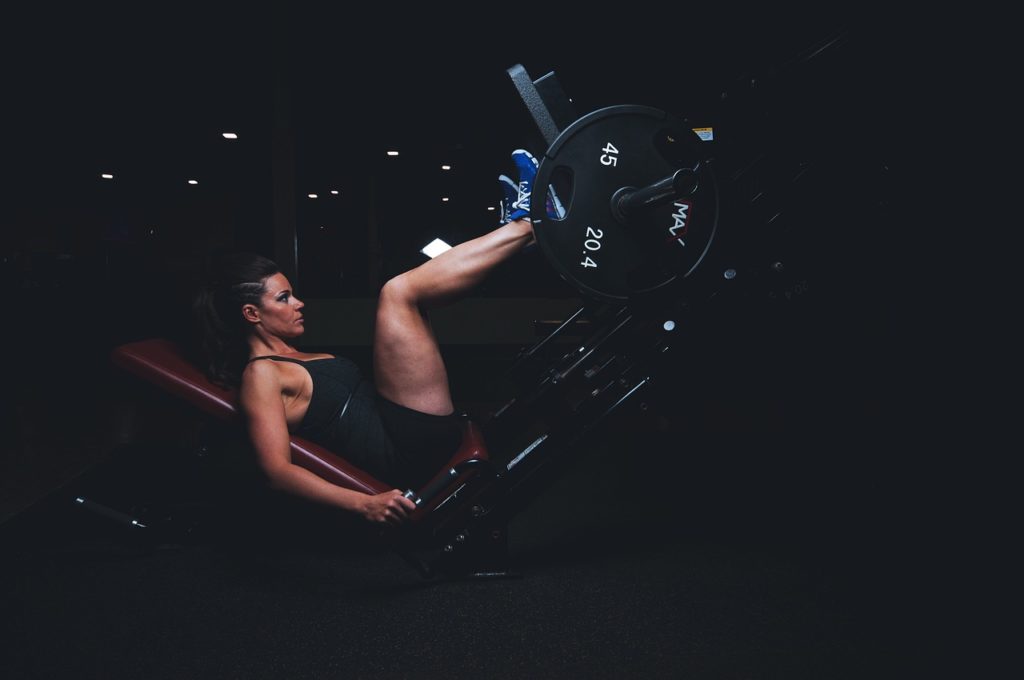
The Case for Squats Before Rowing
On the other hand, doing squats before rowing has its own set of advantages. As squats are a high-intensity exercise, performing them first when you’re freshest can help you maintain proper form and reduce the risk of injury.
Moreover, by targeting the large muscles in your lower body without pre-exhausting them, you might be able to squat heavier or perform more repetitions, aiding in strength development and muscle growth.
Moving to rowing after squats offers a lower intensity, full-body workout that keeps your heart rate elevated for continued calorie burning and offers a more gentle “cool down” period after the intense squatting session.
The downside is that your legs, already fatigued from squats, might not contribute as much to the rowing exercise, potentially decreasing its effectiveness as a full-body workout.
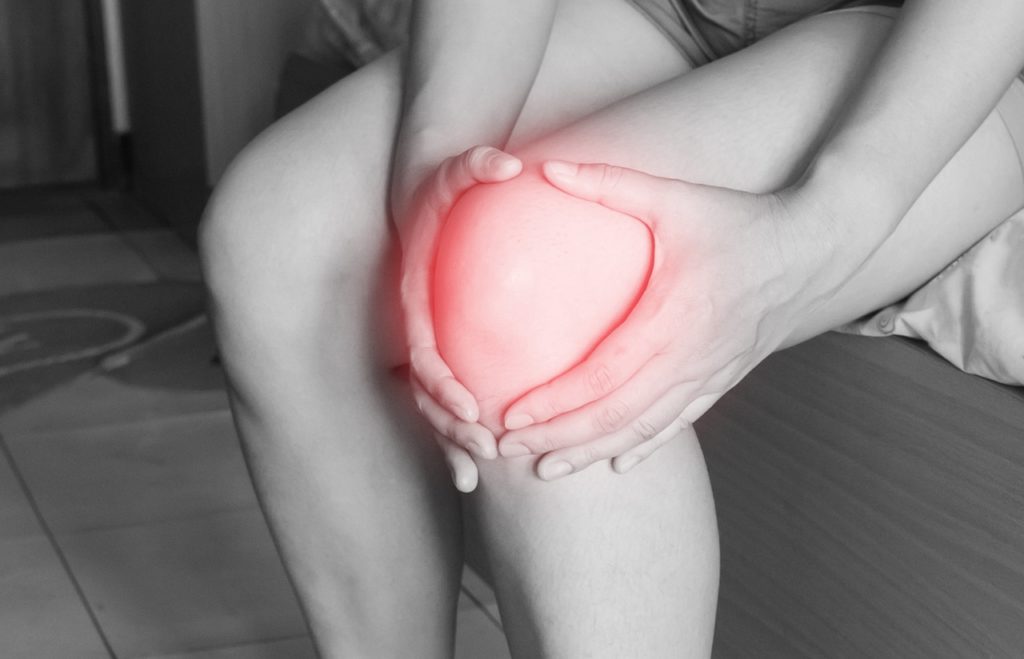
Factors to Consider When Deciding the Order
The best order for you depends on several factors.
- Your Fitness Goals: If your primary goal is to build lower-body strength, you might benefit from doing squats first. If improving cardiovascular fitness is your main aim, starting with rowing could be the better choice.
- Personal Health and Fitness Level: Consider your current level of fitness and any health issues. For those with joint problems, starting with the lower impact rowing could be better. Those with a high fitness level might handle the demands of squatting first more easily.
- Fatigue Management: Be mindful of fatigue. If you’re too tired from rowing to maintain proper squat form, it’s better to start with squats.
- Listen to Your Body: Everyone’s body responds differently to exercises. Try both sequences and observe which one feels more comfortable and productive for you.
The order of rowing and squats in your workout routine isn’t a one-size-fits-all decision. It depends on your personal fitness goals, current health, and individual body responses. Remember, it’s always a good idea to consult with a fitness professional when planning your workout regimen. They can provide personalized advice to help you reach your goals efficiently and safely.









